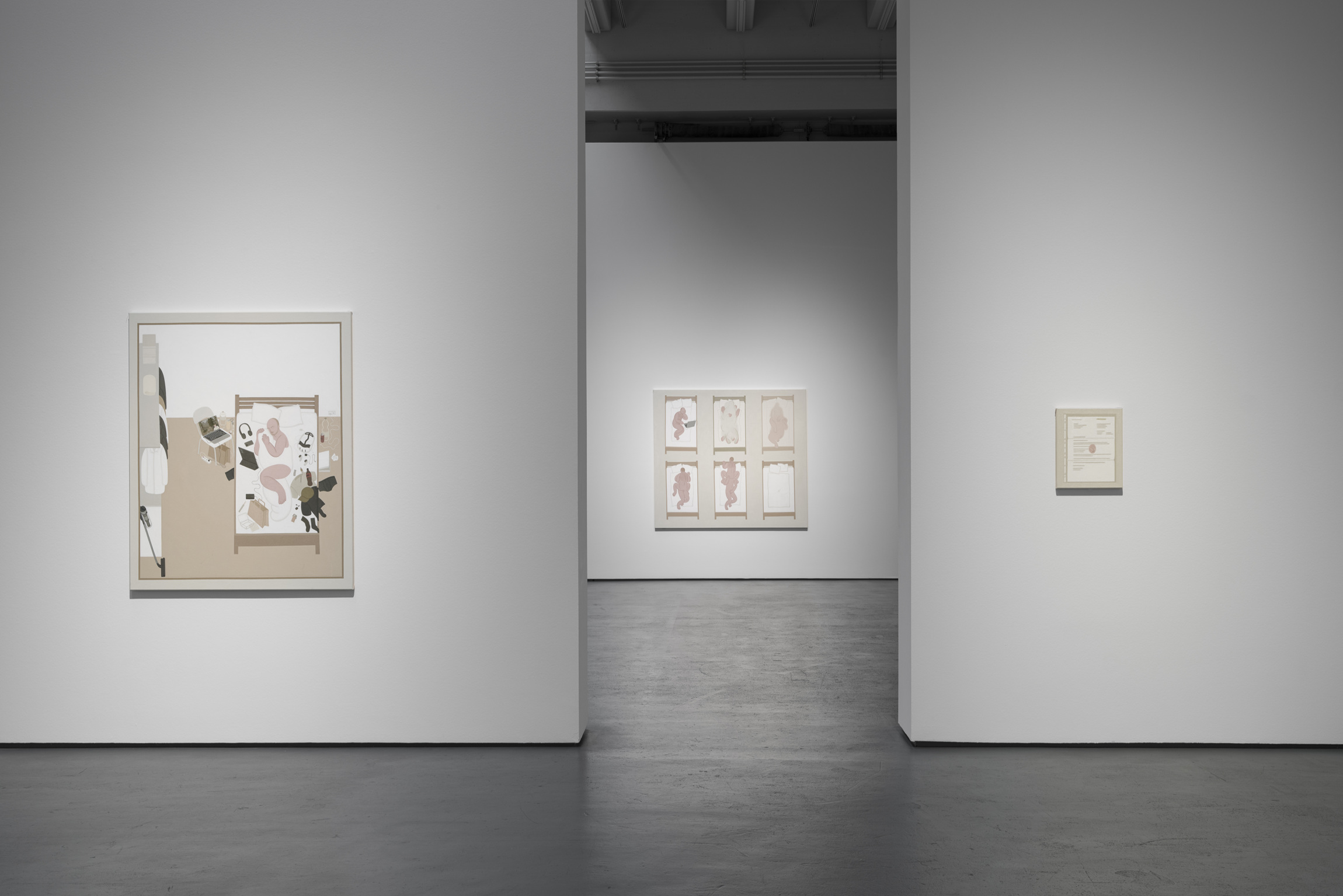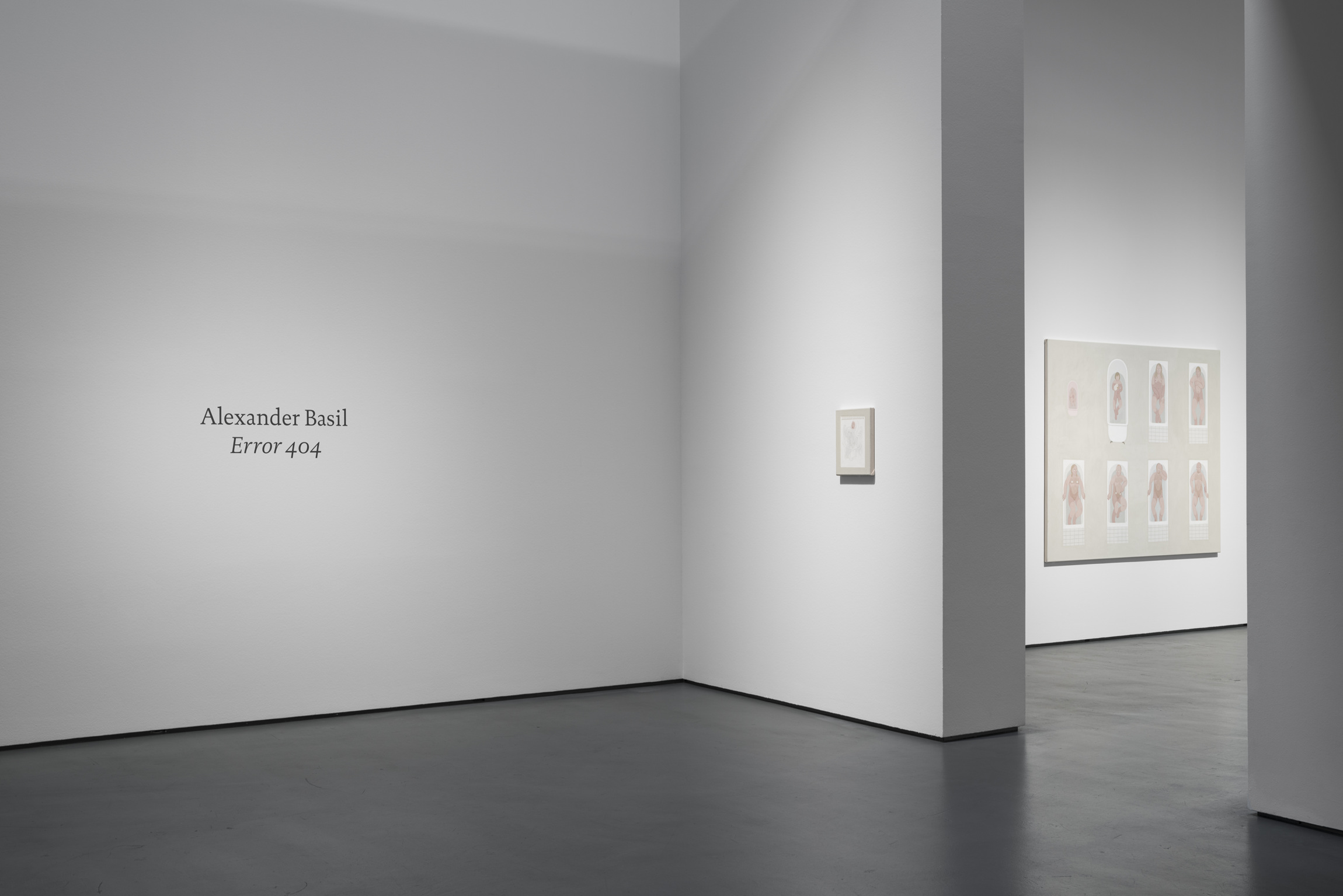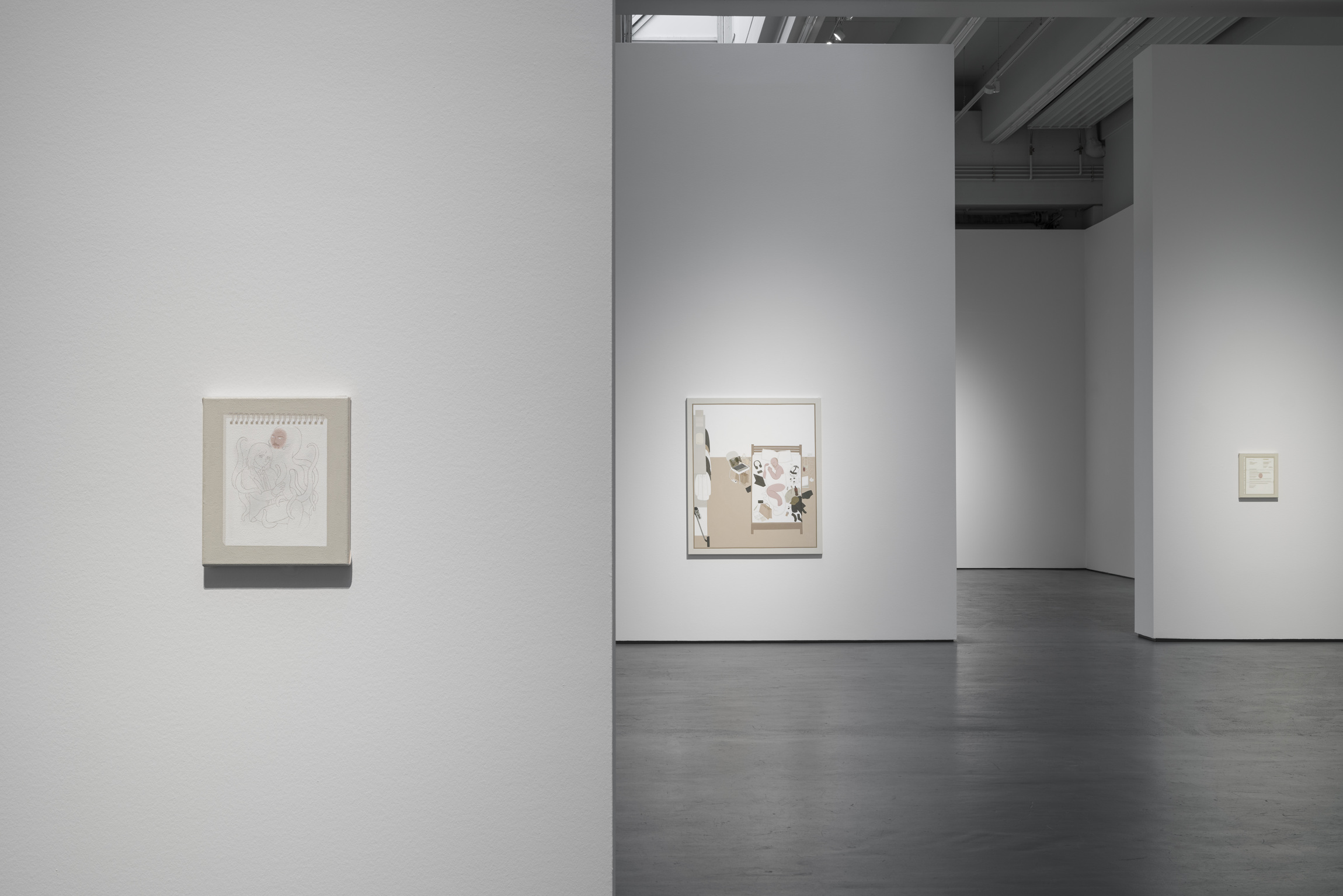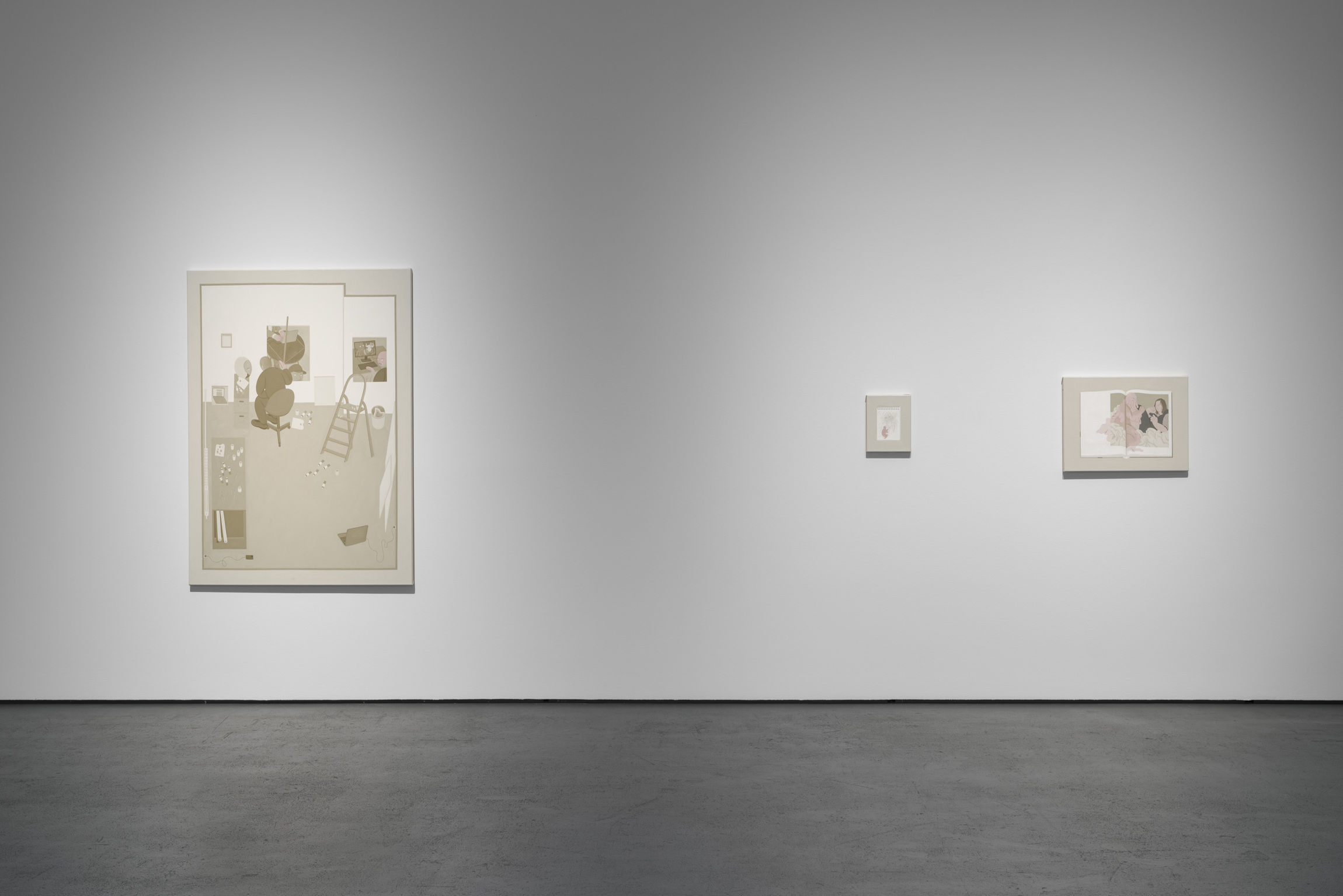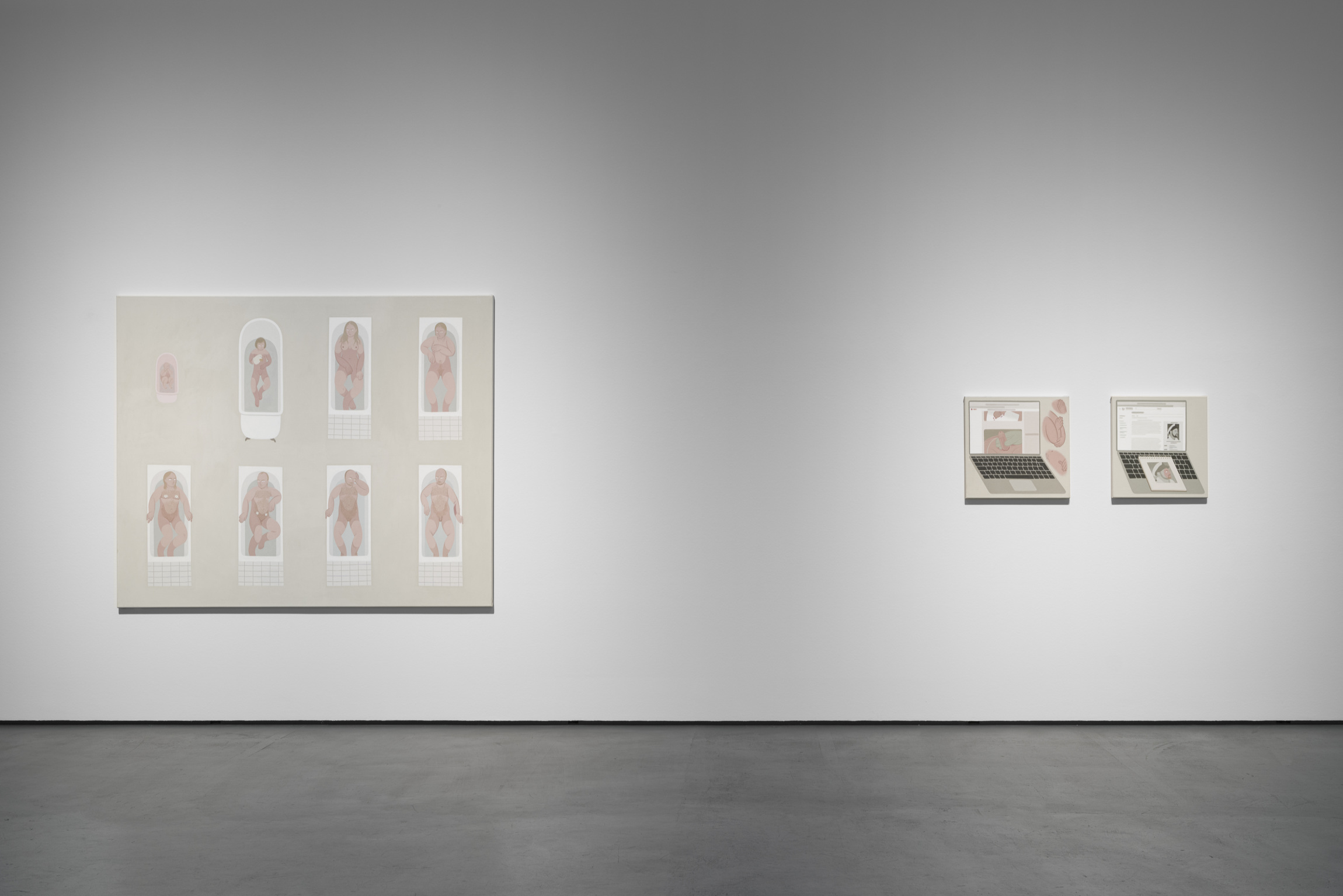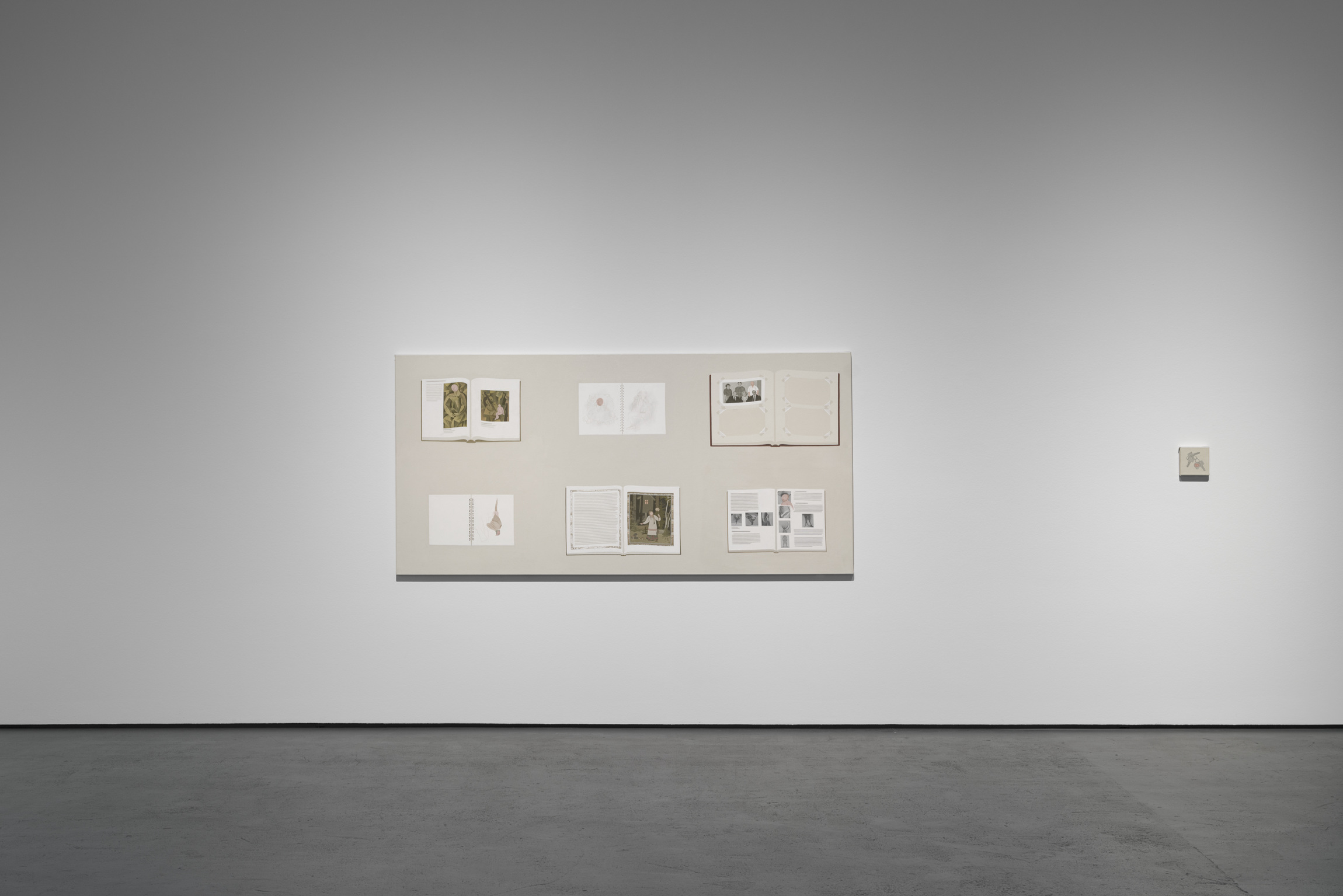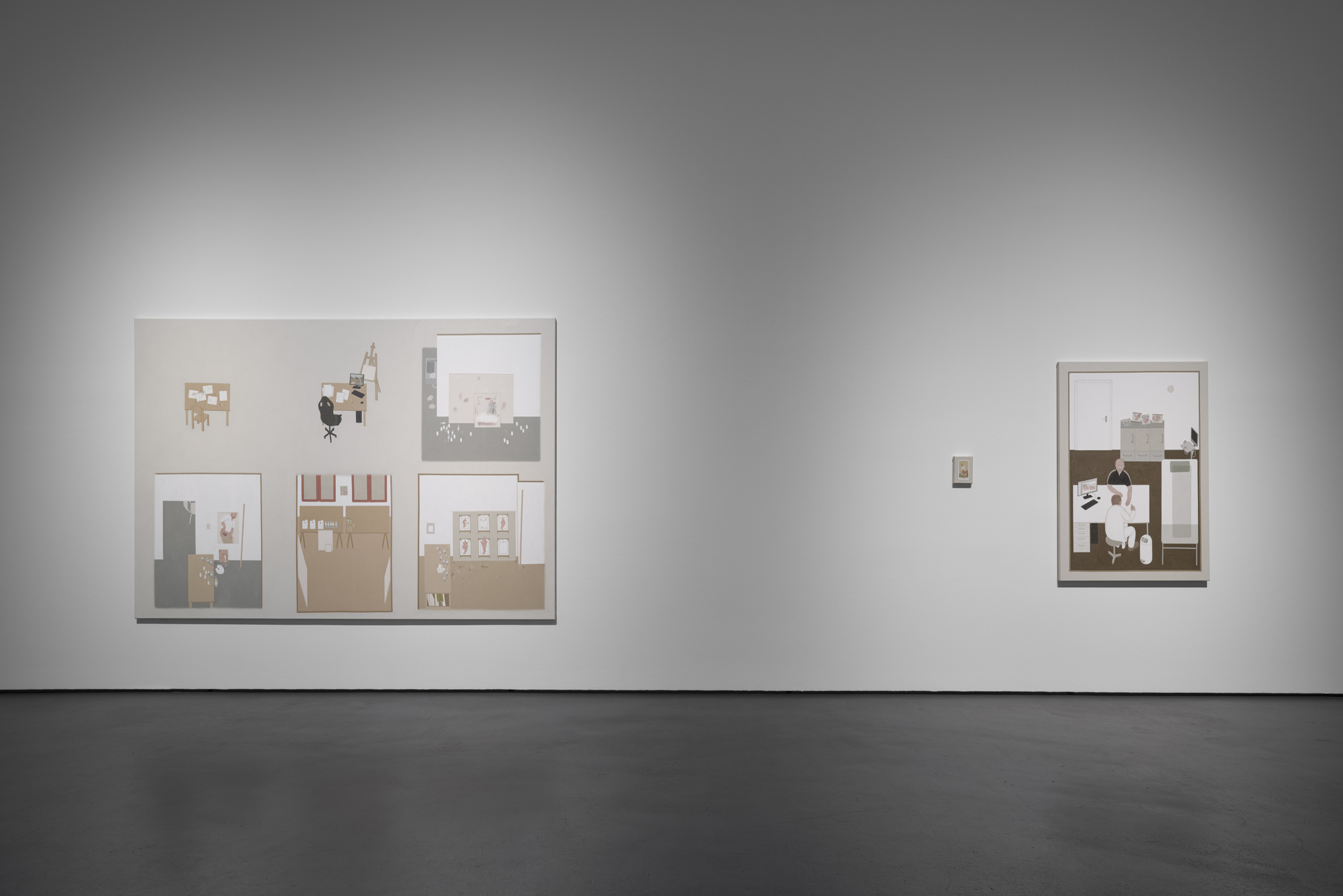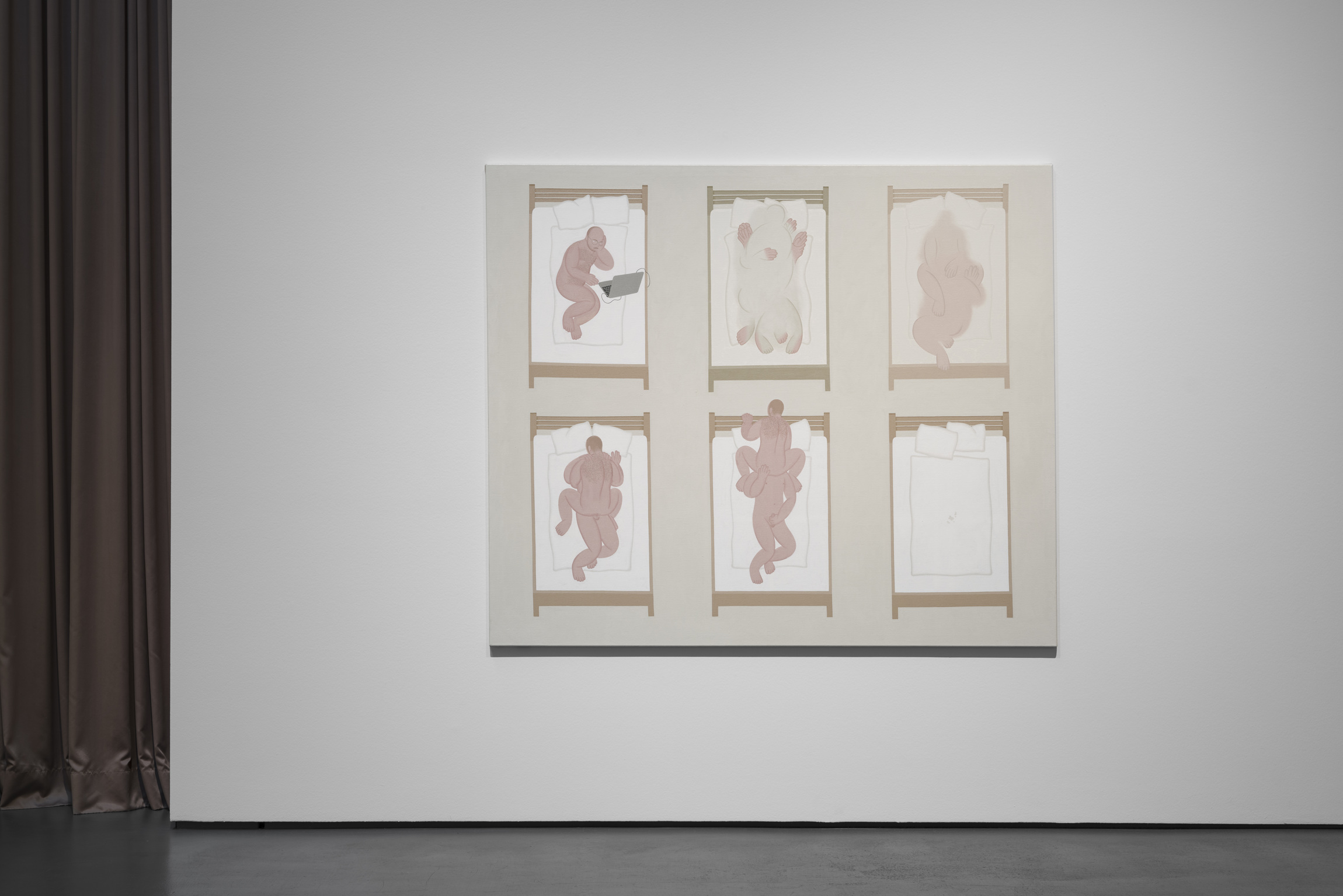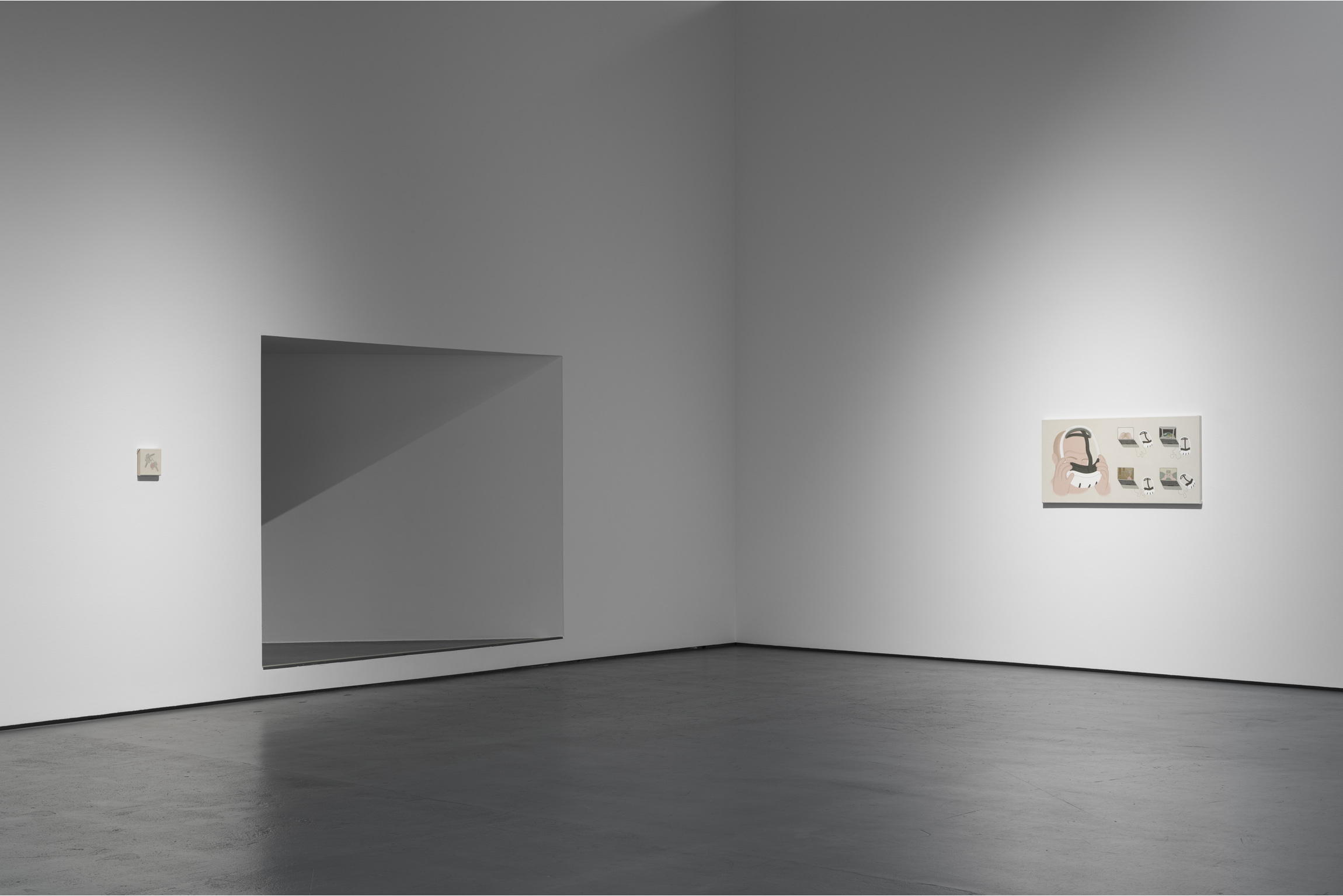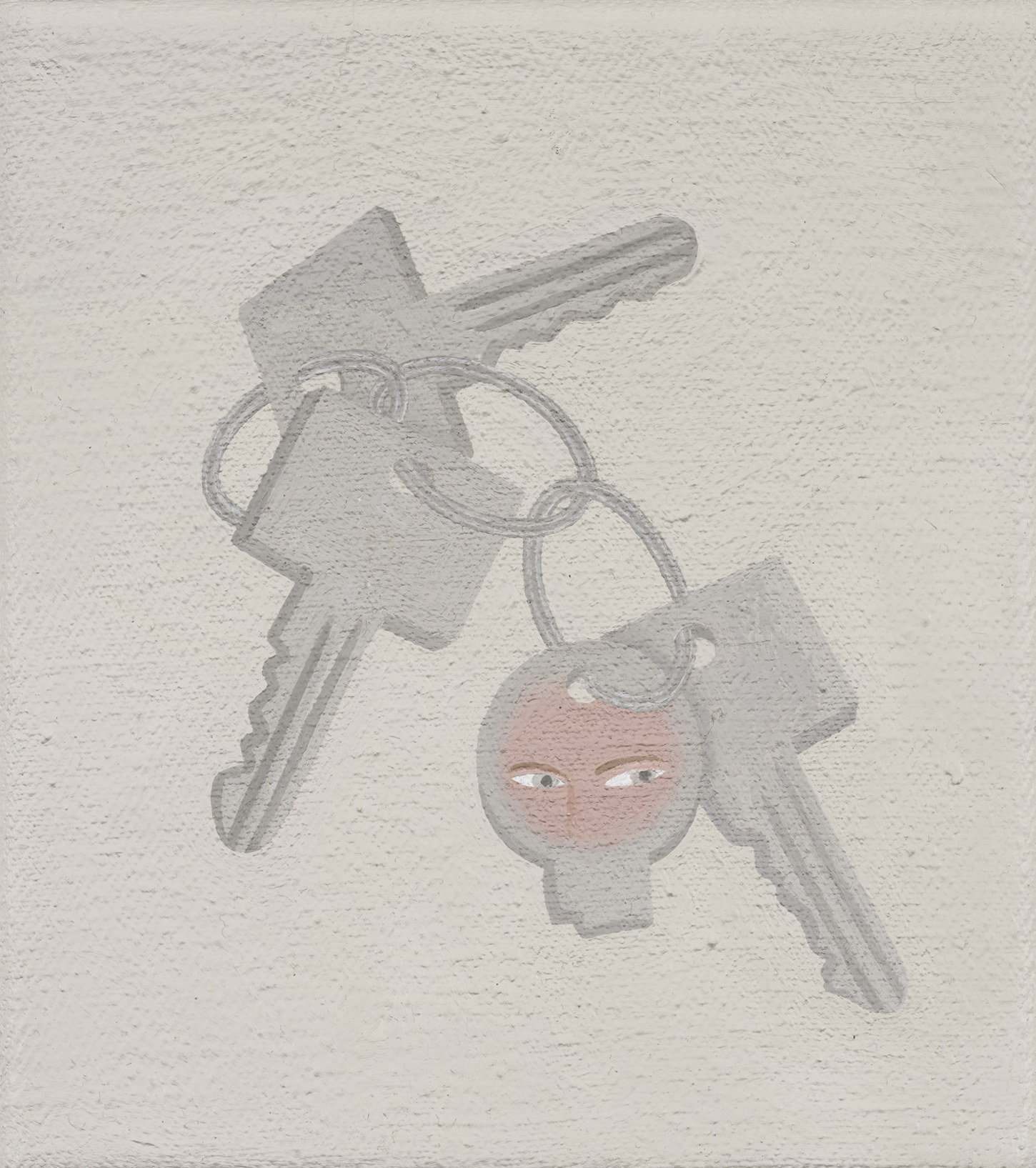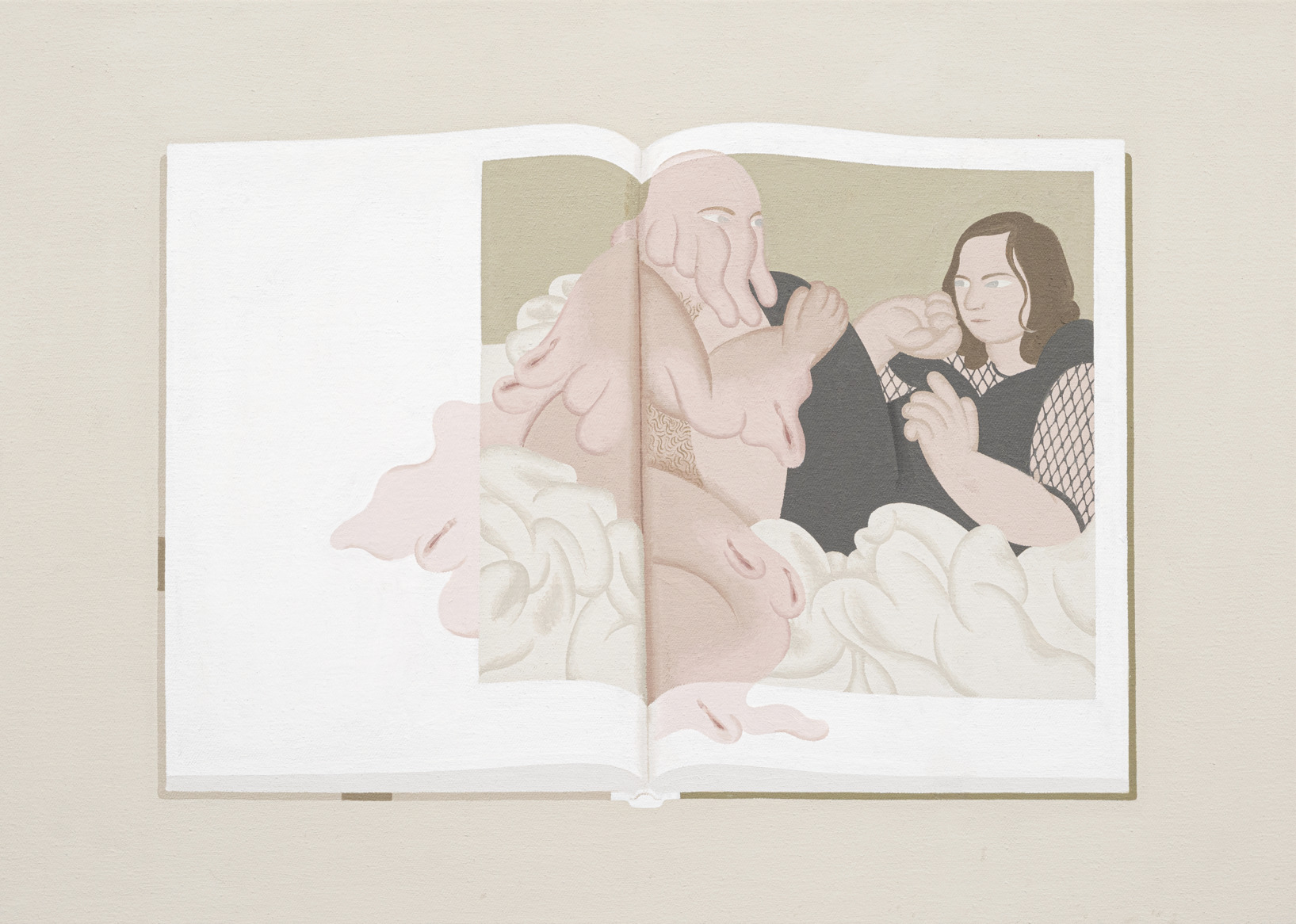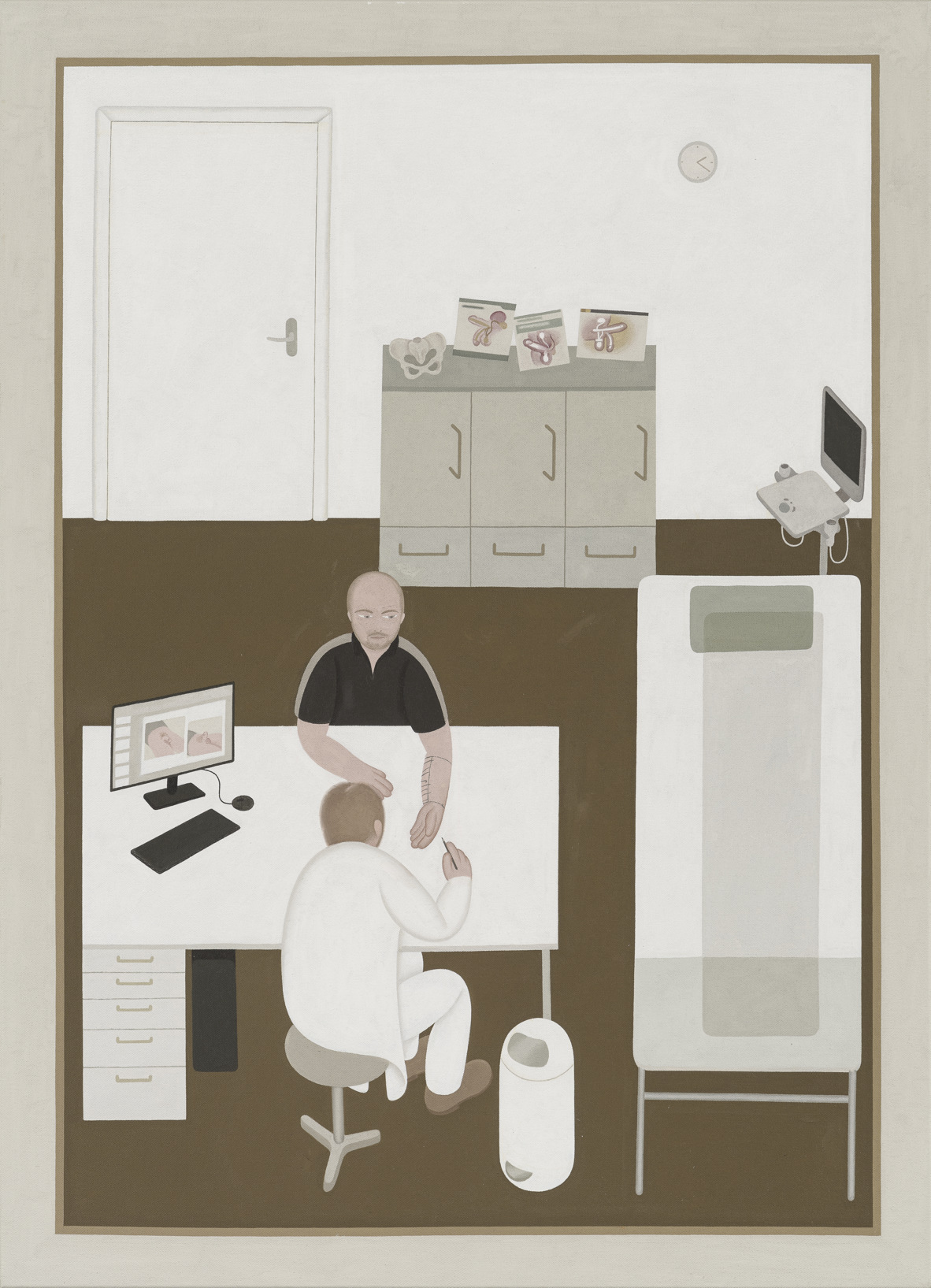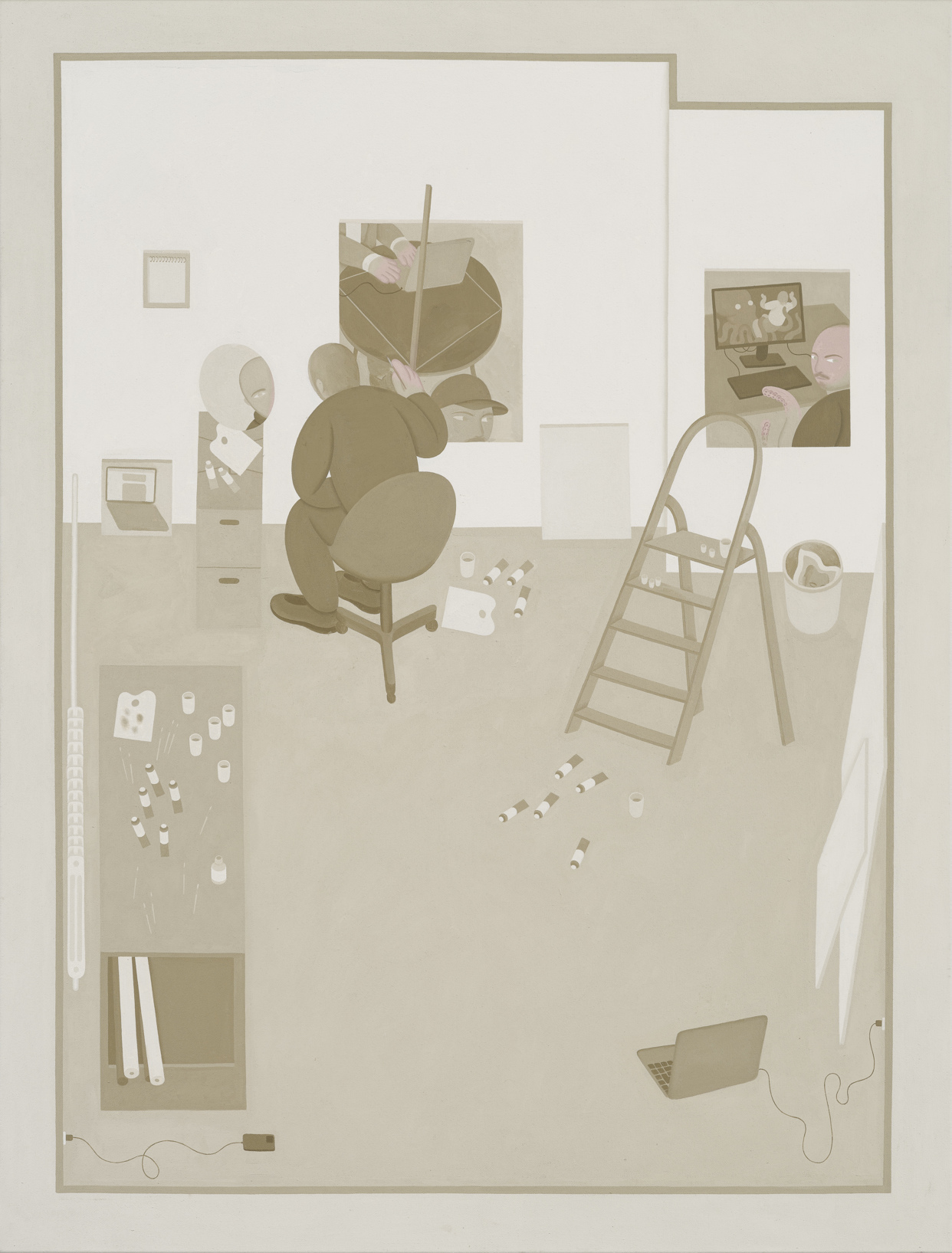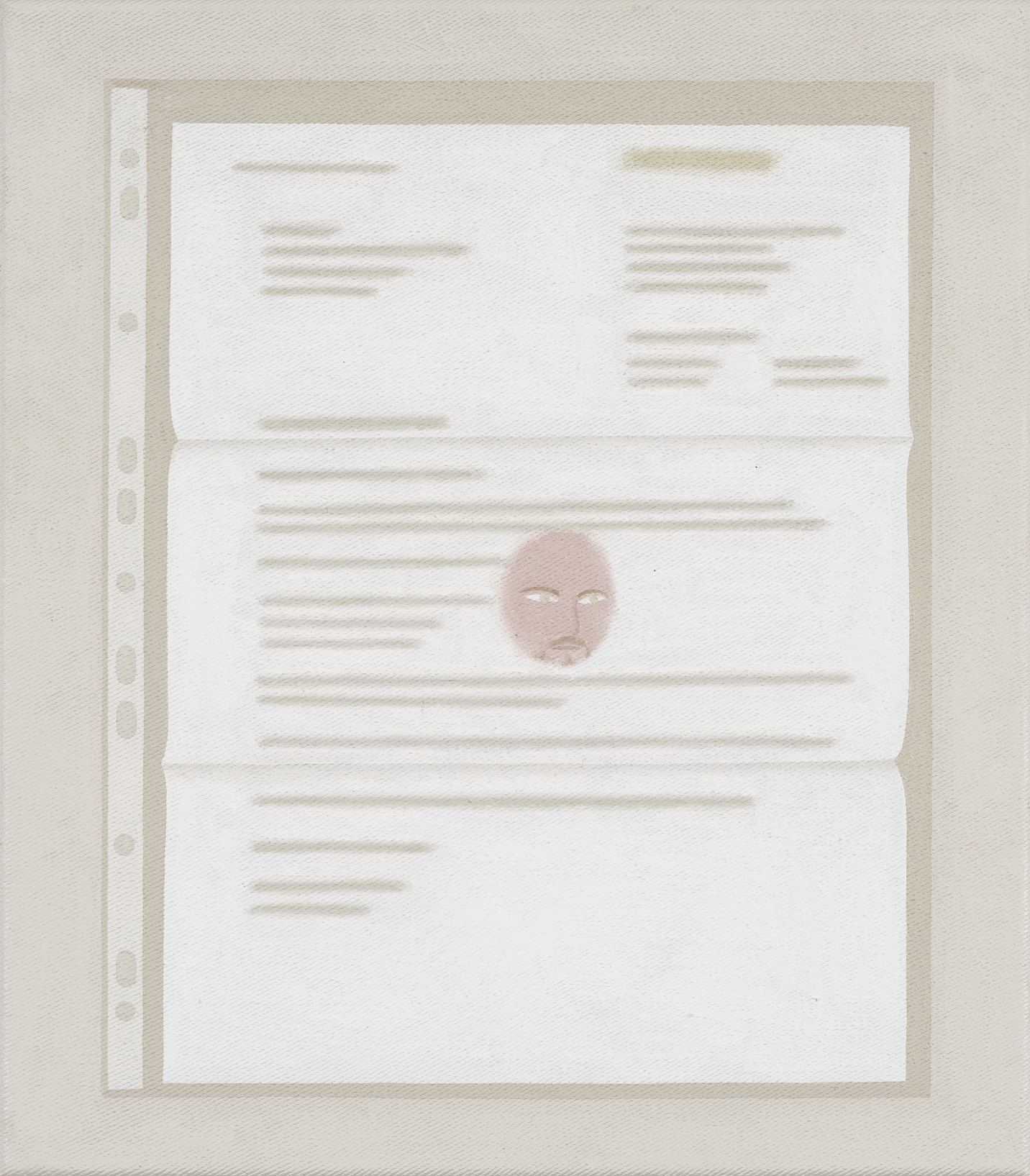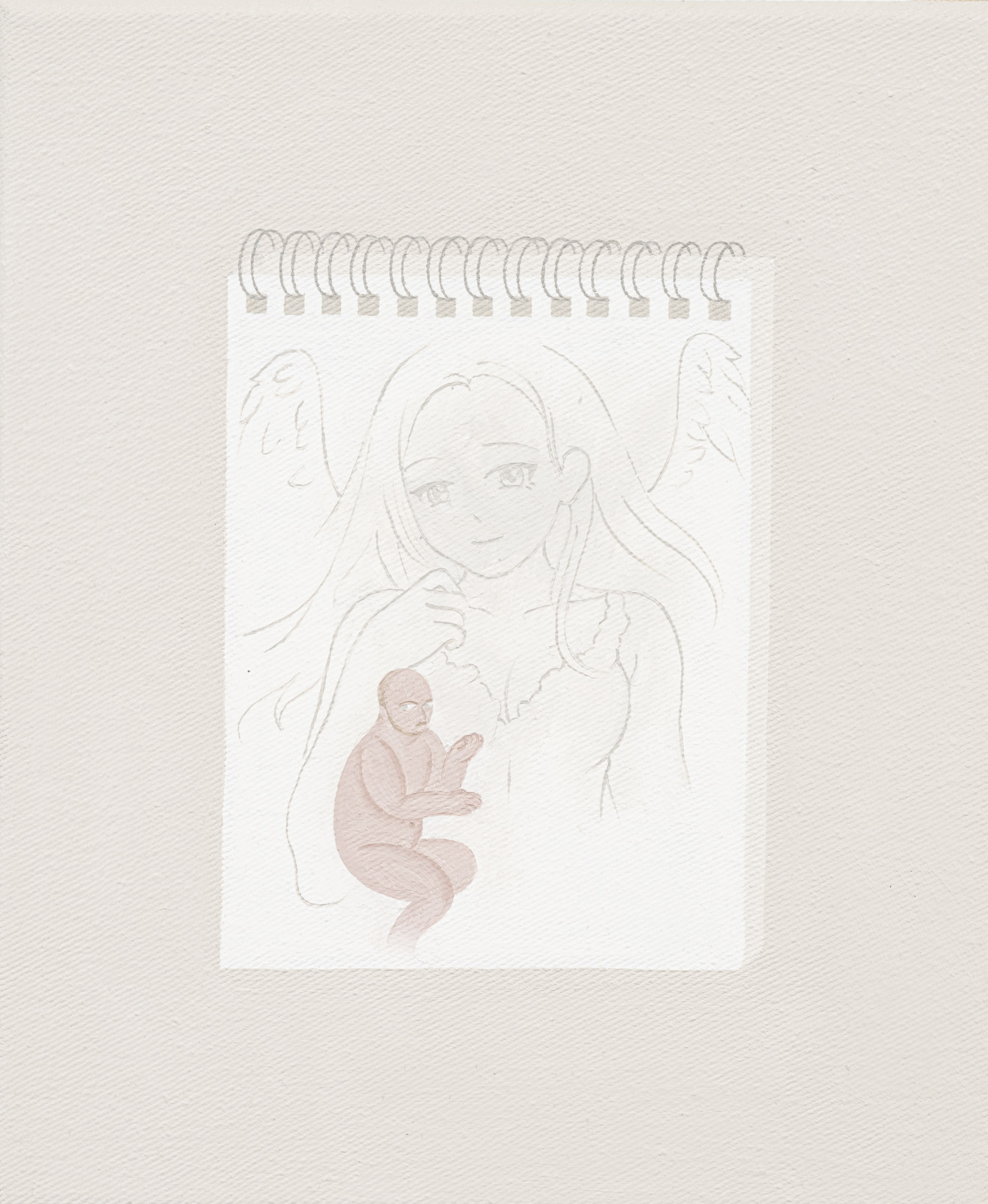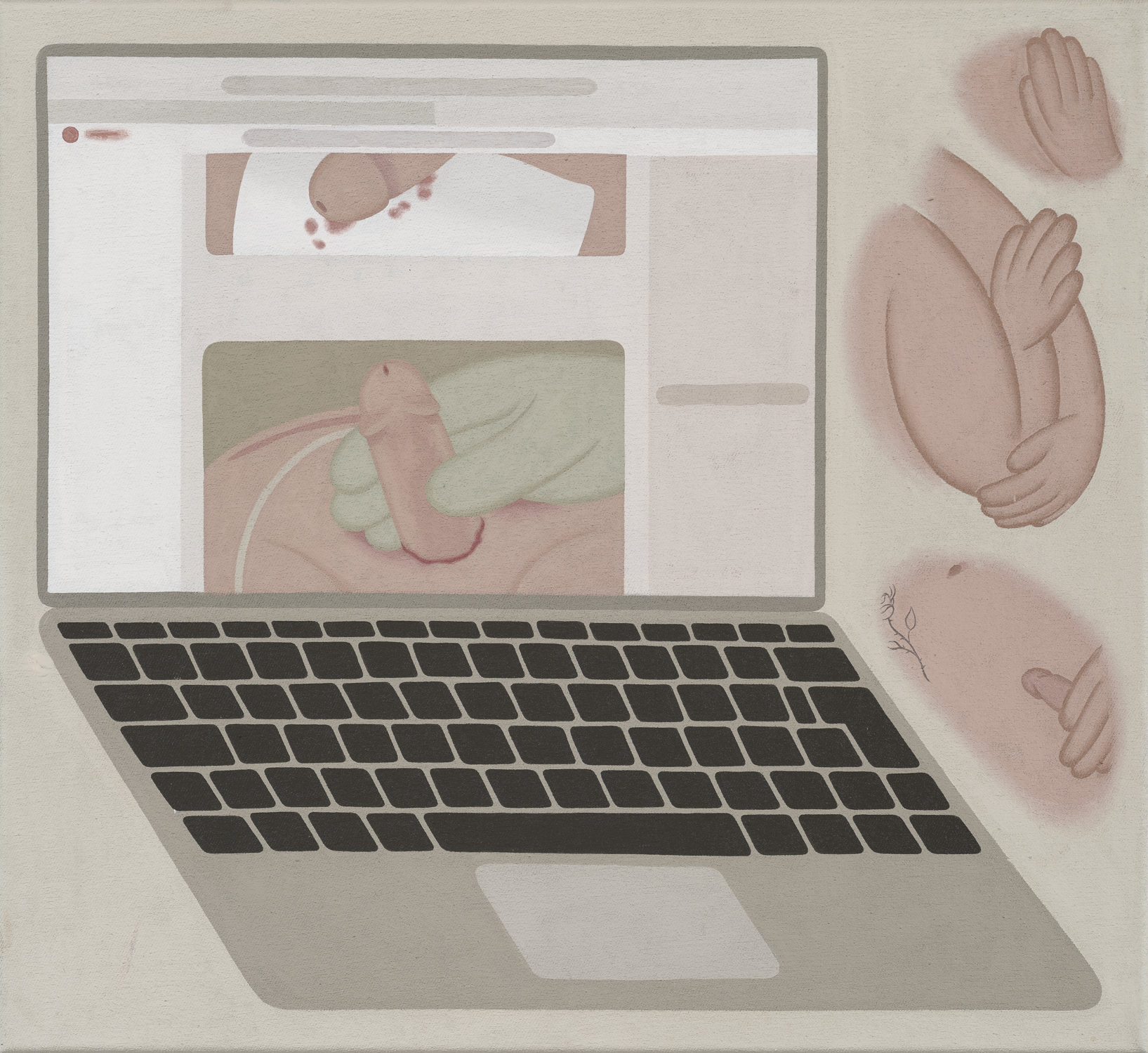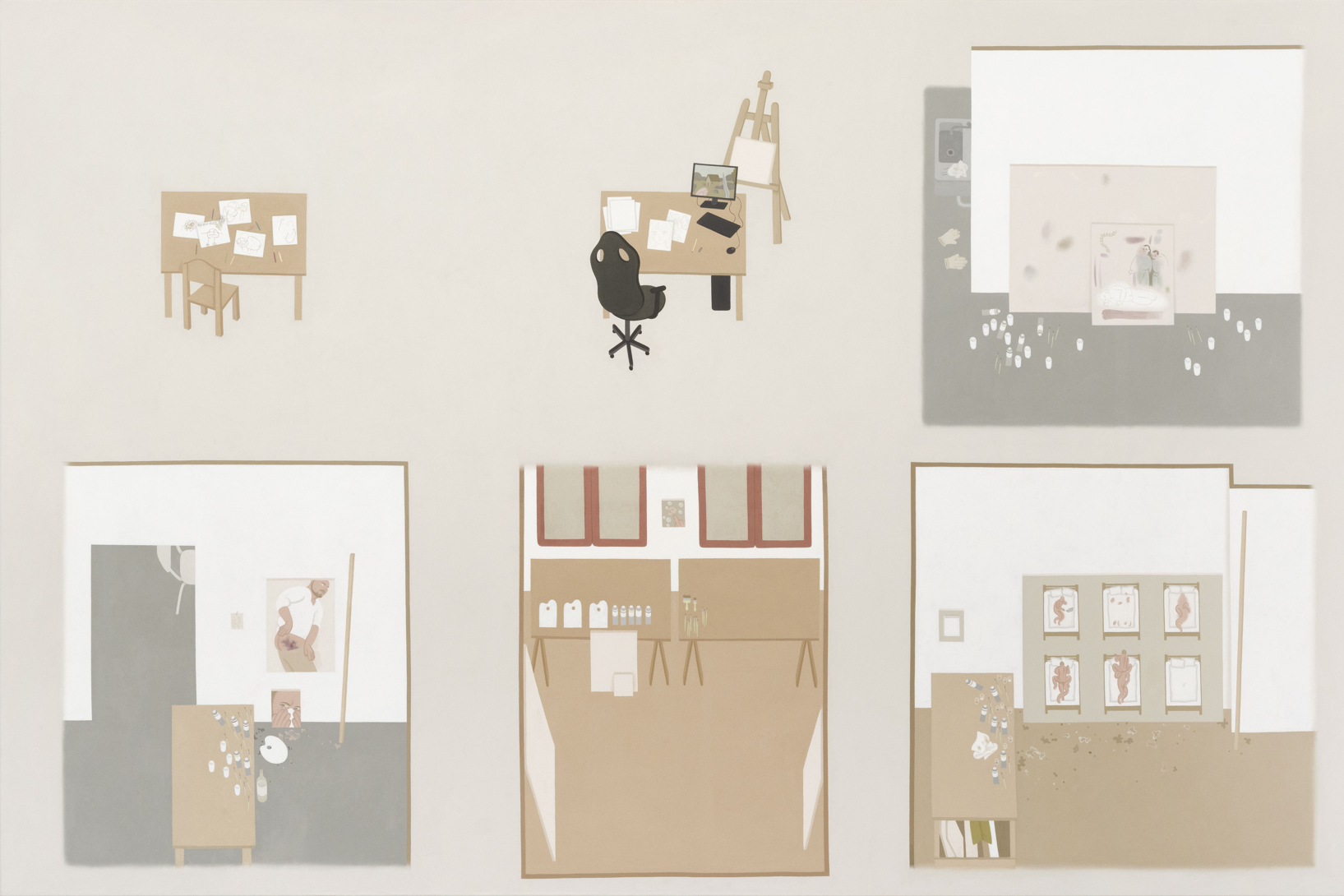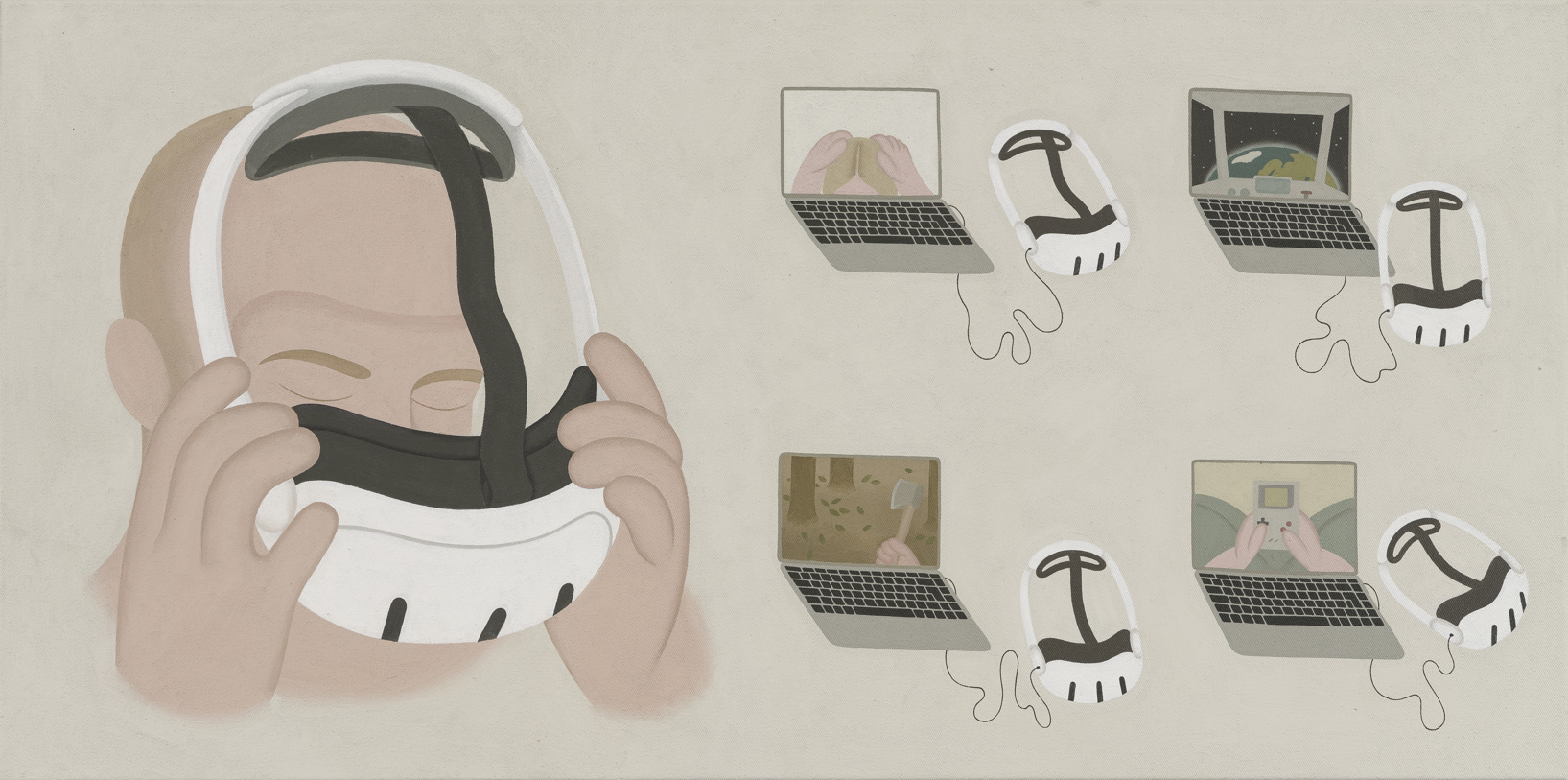Alexander Basil
Error 404
15 November 2025 – 24 January 2026
Works
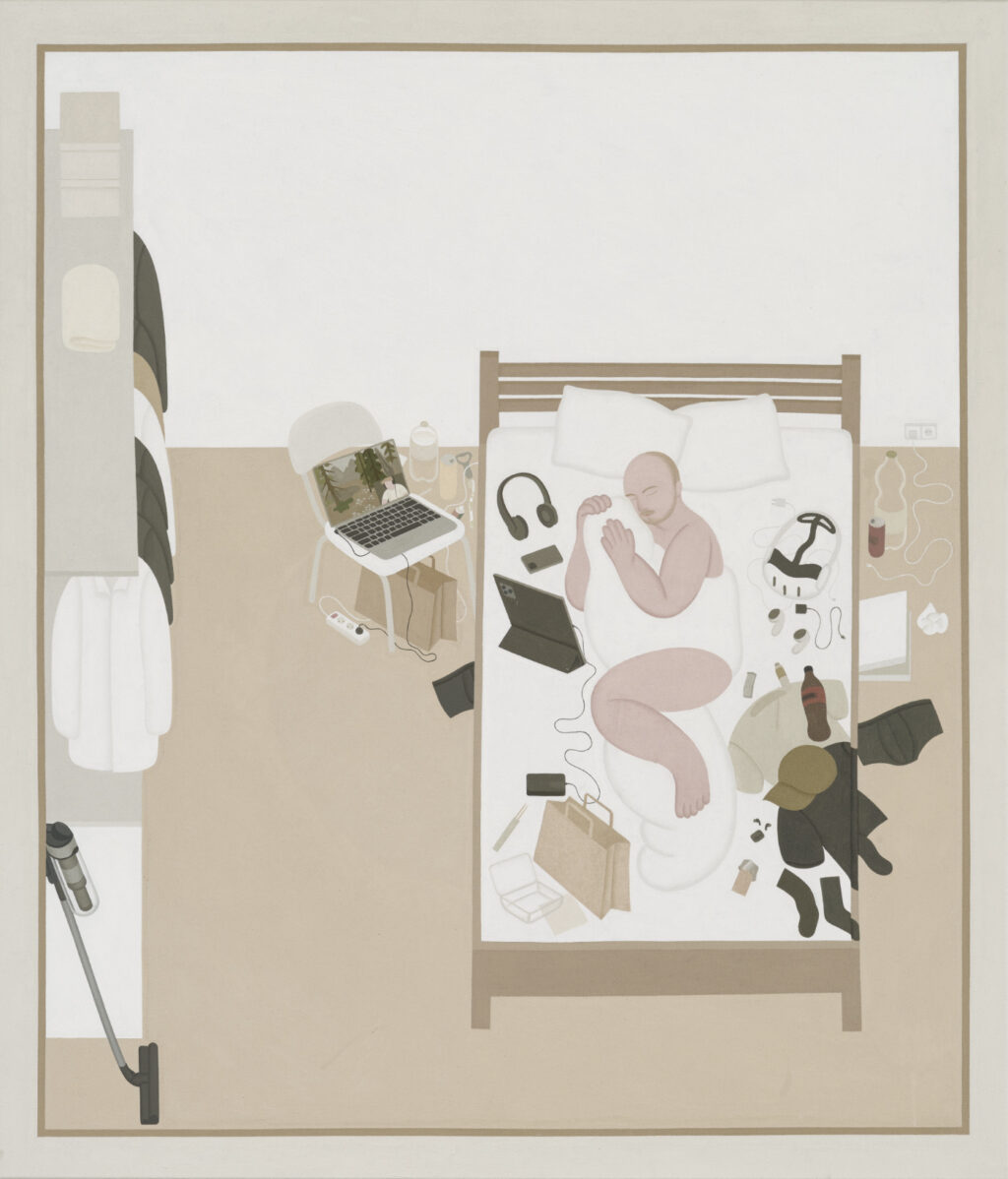
Untitled
2025
Oil on canvas
140 × 120 cm
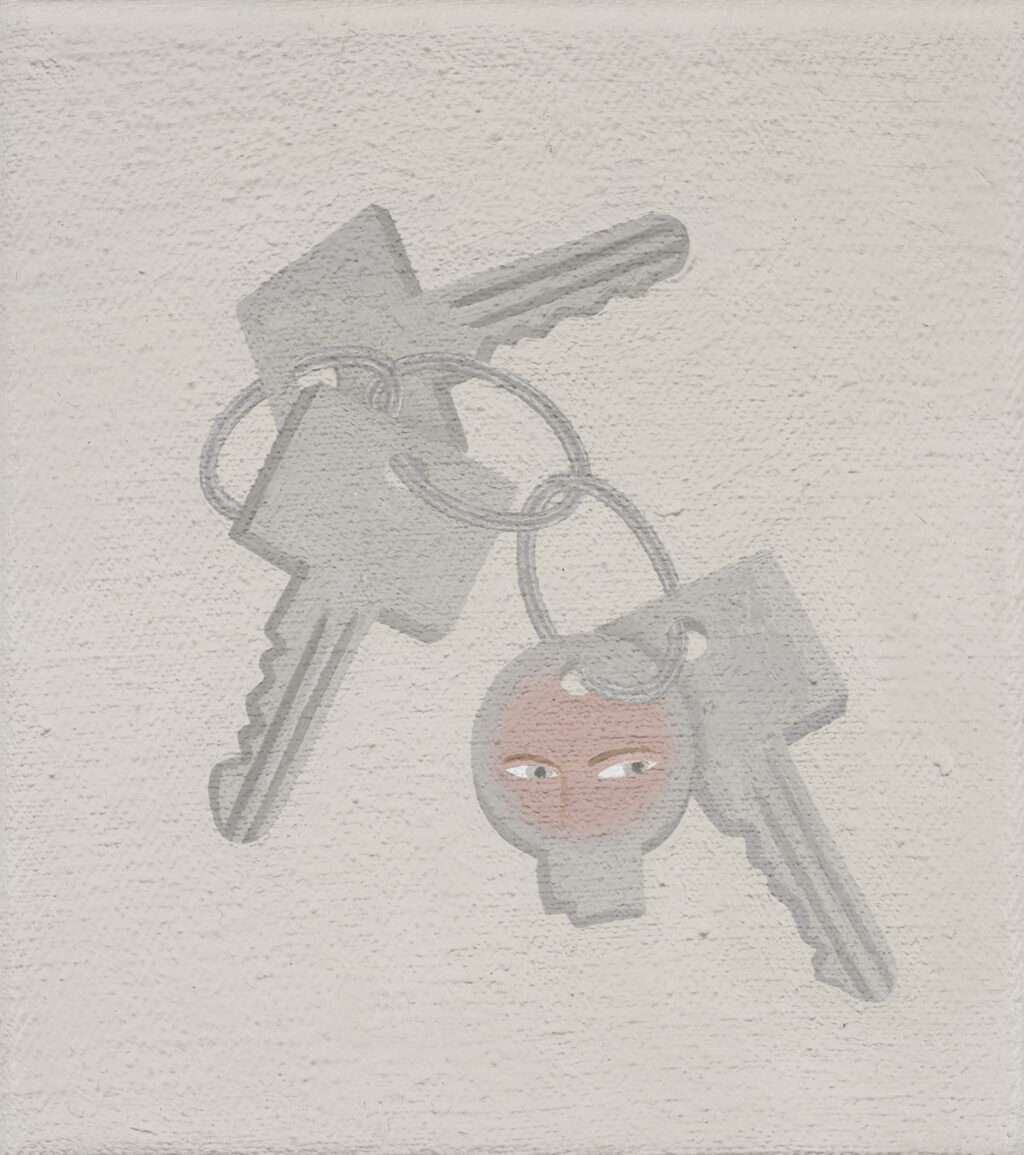
Untitled
2025
Oil on canvas
16 × 14 cm
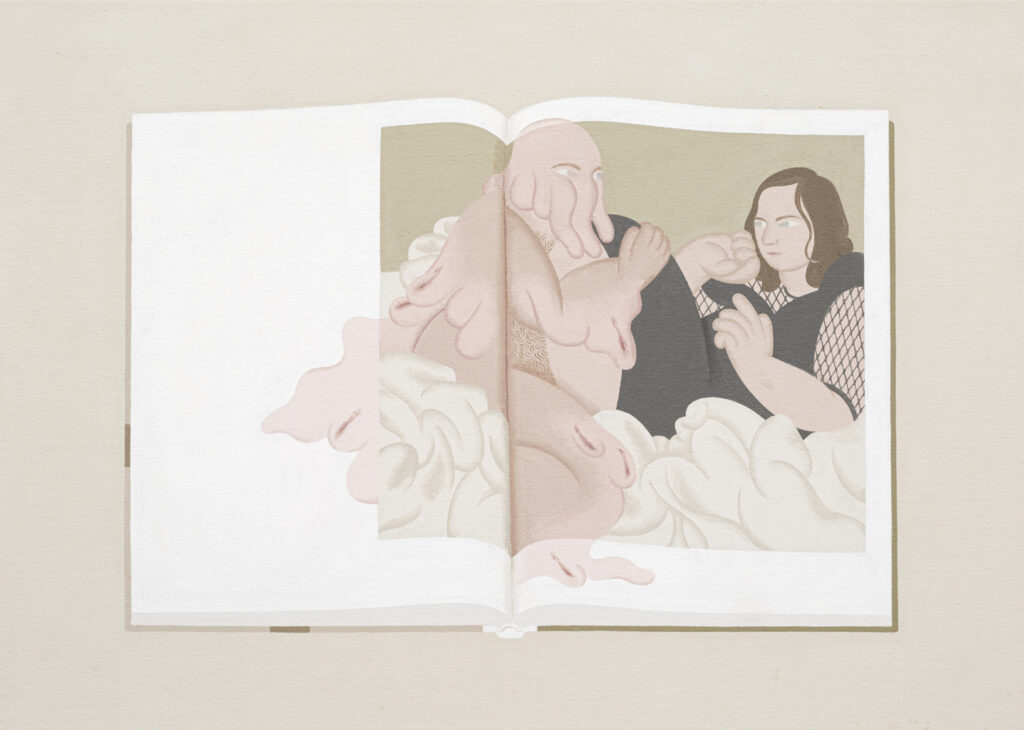
Untitled
2025
Oil on canvas
50 × 70 cm
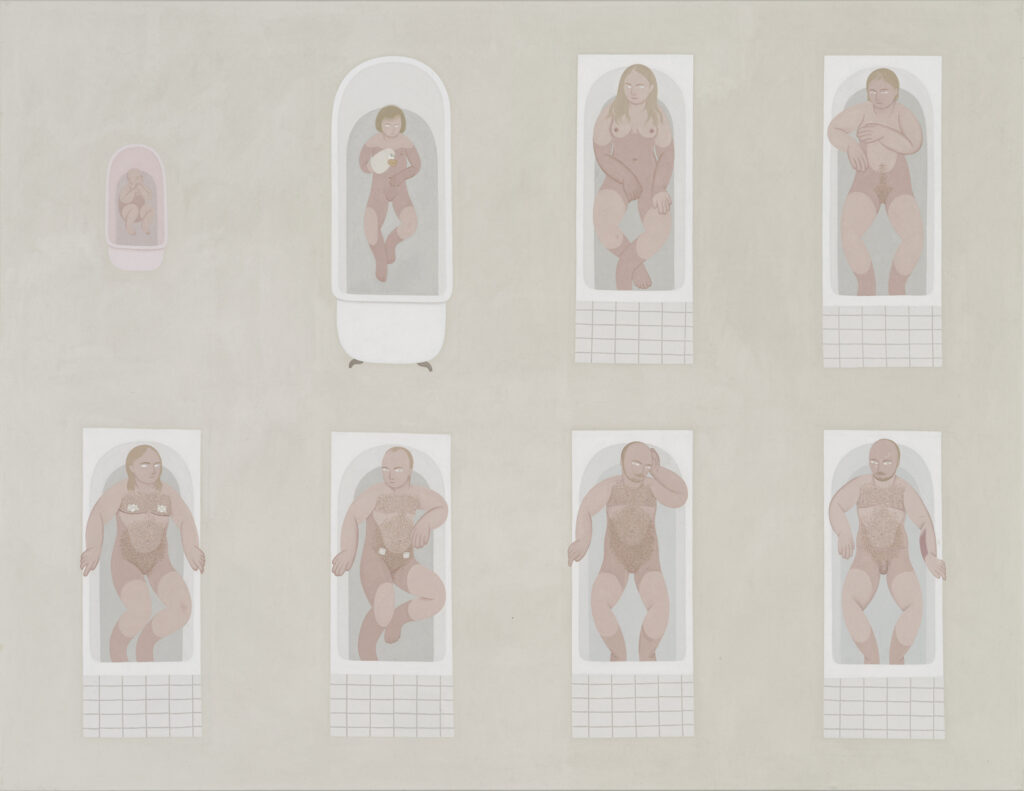
Untitled
2025
Oil on canvas
170 × 220 cm

Untitled
2025
Oil on canvas
55 × 55 cm
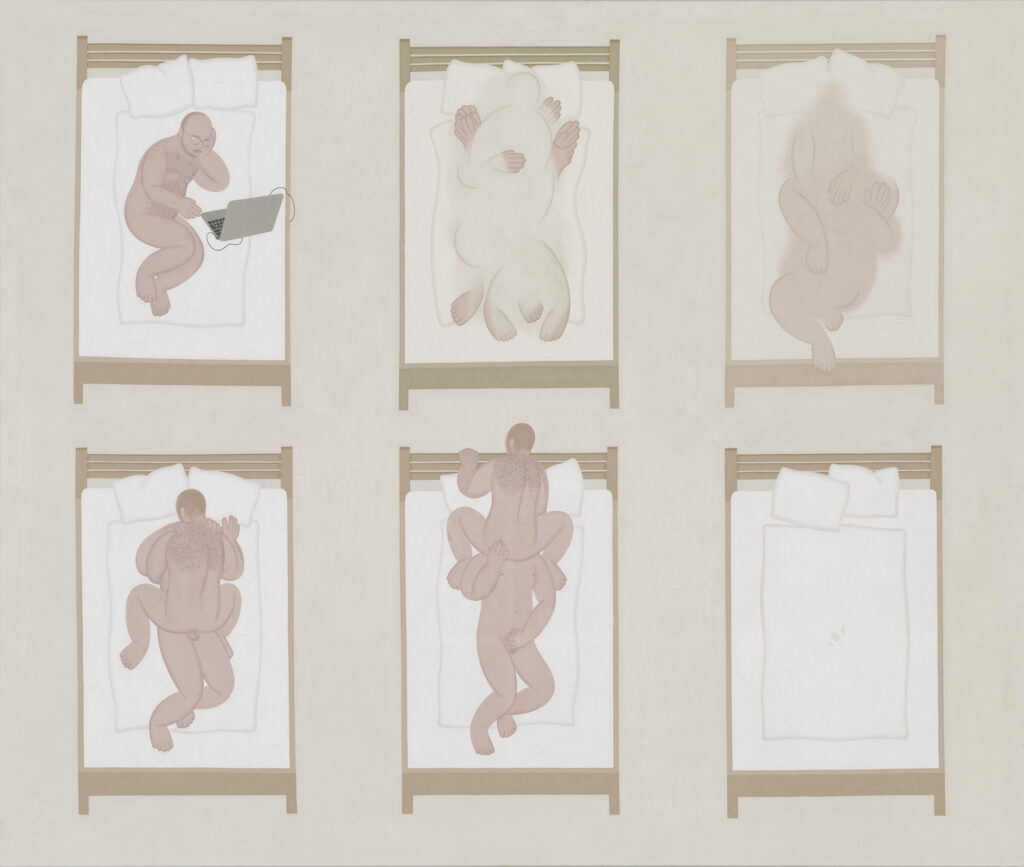
Untitled
2025
Oil on canvas
170 × 200 cm


Untitled
2025
Oil on canvas
145 × 105 cm
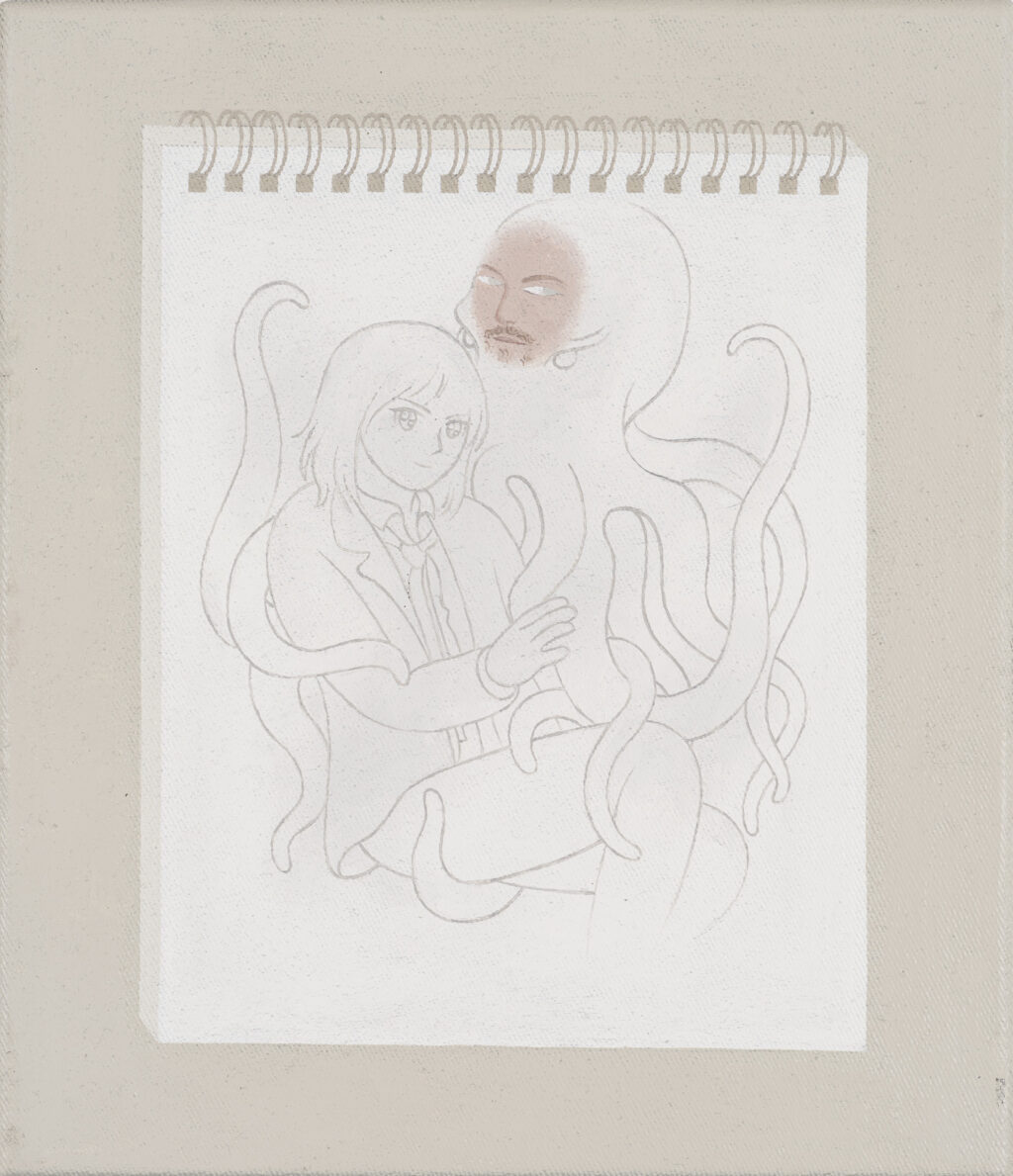
Untitled
2025
Oil on canvas
35 × 30 cm

Untitled
2025
Oil on canvas
170 × 130 cm
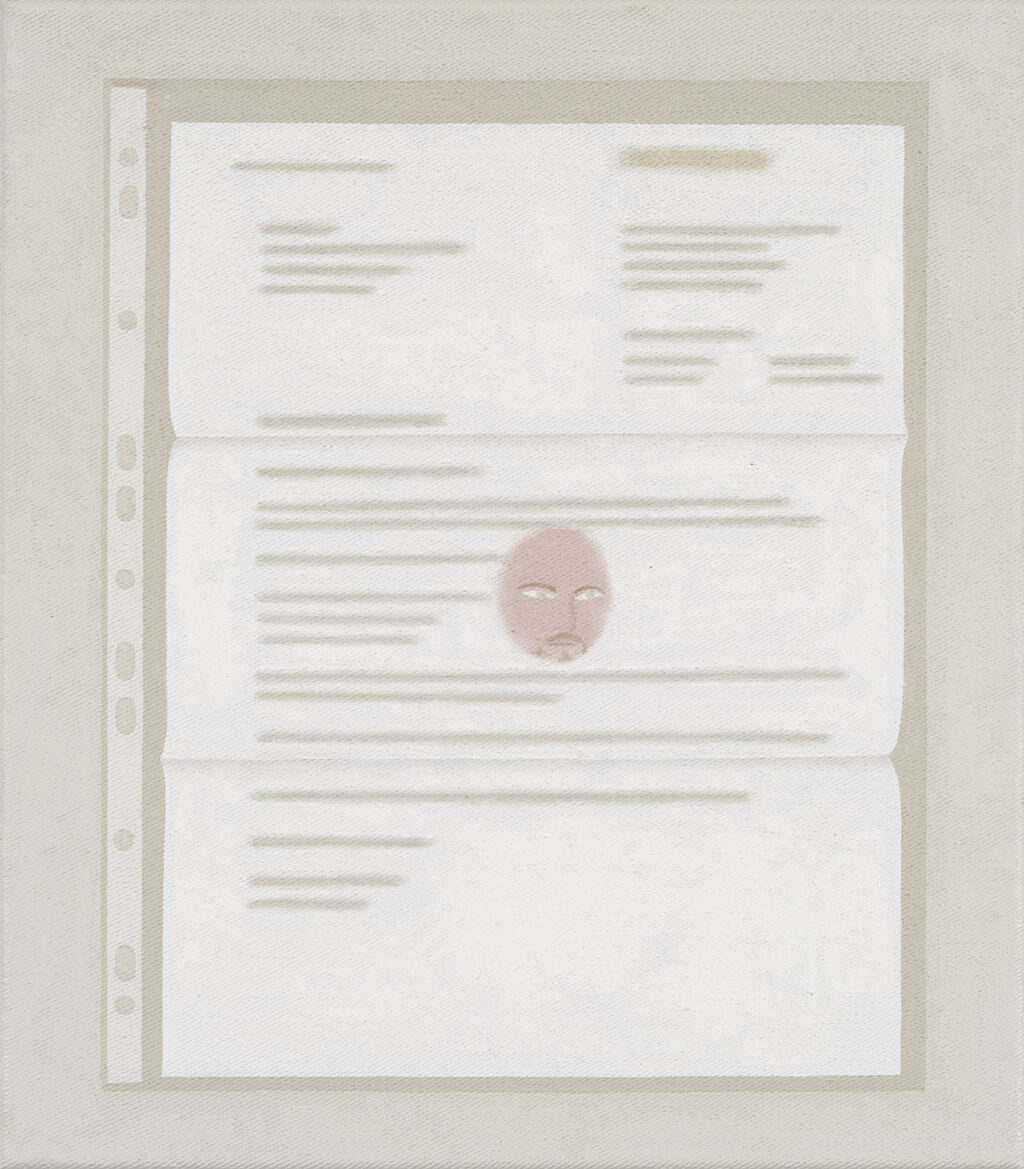
Untitled
2025
Oil on canvas
40 × 35 cm
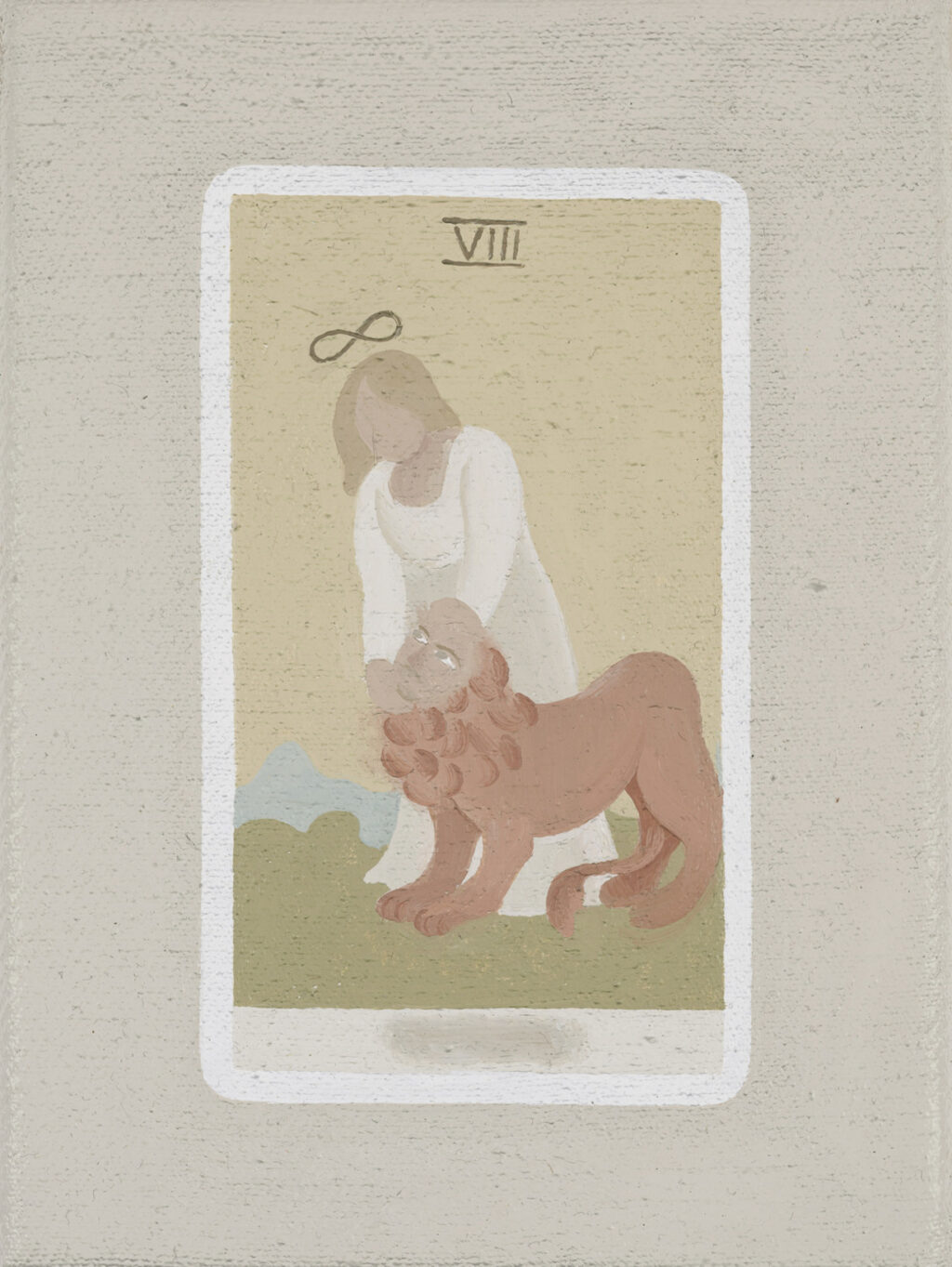
Untitled
2025
Oil on canvas
18 × 13 cm

Untitled
2025
Oil on canvas
30 × 25 cm
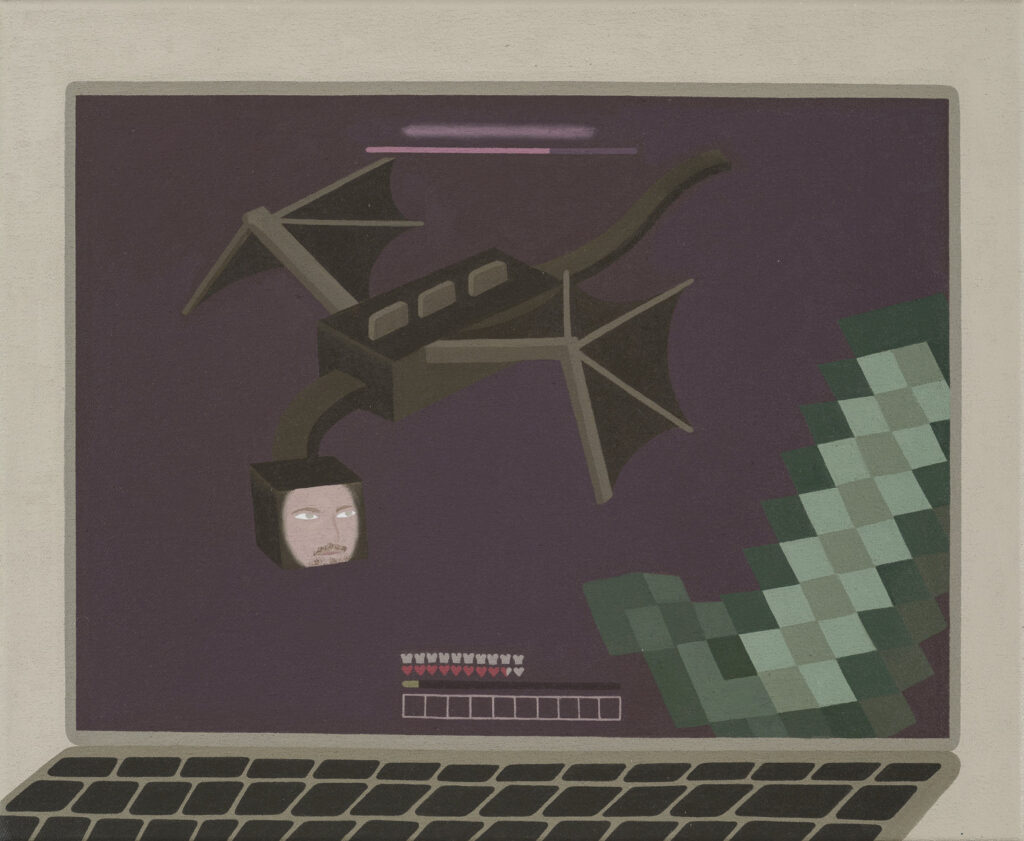
Untitled
2025
Oil on canvas
55 × 45 cm
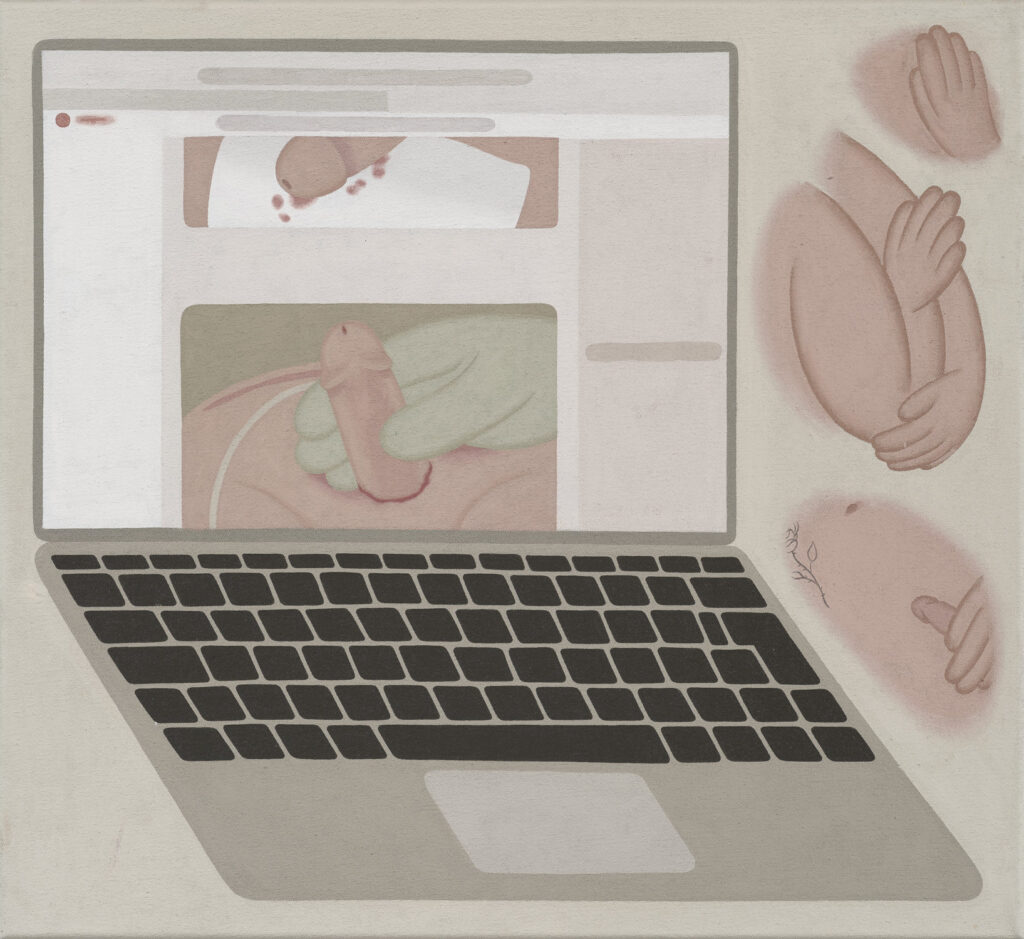
Untitled
2025
Oil on canvas
55 × 60 cm

Untitled
2025
Oil on canvas
200 × 300 cm
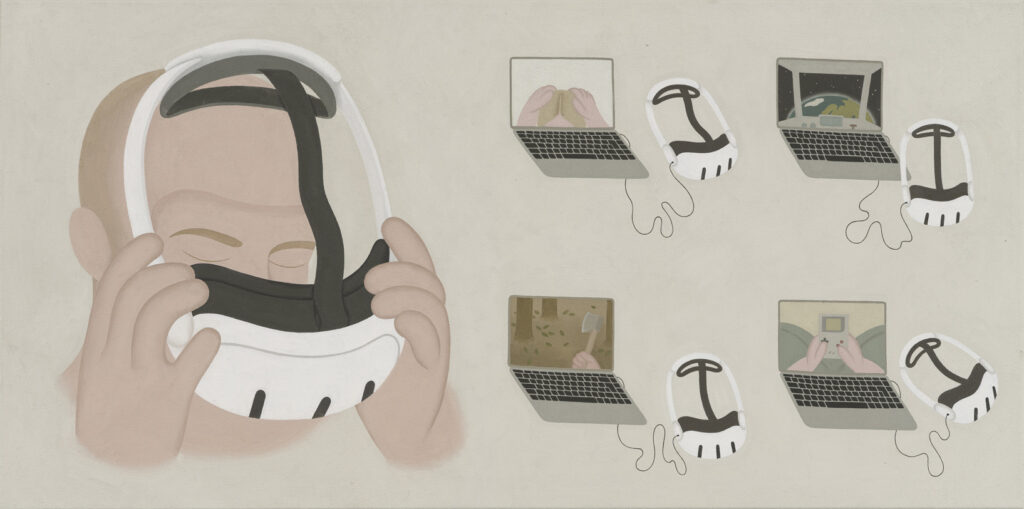
Untitled
2025
Oil on canvas
60 × 120 cm

Untitled
2025
Oil on canvas
125 × 230 cm
Text
Self-reflection, contemplation, searching – these are the terms that first come to mind when attempting to describe Alexander Basil’s recent paintings. With an artist like Basil, whose distinctive pictorial language is so immediately recognizable, even the subtlest shifts in tone or nuances within his visual vocabulary become noticeable. In recent years, the artist has extensively explored his own unique form of self-portraiture, by quite literally lending his own face to nearly all figures depicted in his works – not only to human subjects, but to other living beings and even inanimate objects – resulting in dreamlike, surreal compositions. Now, he presents himself through a slightly altered gaze: more analytical, more methodical – yet by no means less observant. Quite the contrary.
His current body of work spans a specific time frame, beginning with the artist’s birth and extending to the present day. It is, in other words, a biographical retrospective in which several developments unfold in parallel – above all, Alexander Basil’s progression as an artist, as well as his social and physical transition to becoming a man. To this end, Basil repeatedly draws on imagery reminiscent of scientific illustrations of developmental stages. His table from childhood, scattered with his earliest drawing attempts, gradually transforms into a fully equipped studio. Always observing from the same bird’s-eye perspective, the artist – like a researcher striving for the greatest possible objectivity – chooses the bathtub as the setting from which to document changes in his body: growth and maturation, as well as scars or changes in his posture.
Continue reading
More explicitly than ever before, Basil brings the physical and even intimate aspects of transmasculine gender transition to the fore. Images of the medical procedure appear on his laptop, which he repeatedly presents in his paintings – analogous to a canvas or sketchpad – as an essential tool for examining and visually appropriating his environment. Basil’s research led him to the life story of Laurence Michael Dillon (1915–1962), a Briton who, in the 1940s, became the first trans man to undergo phalloplasty – the surgical construction of a penis. In the corresponding painting, the artist’s own face is superimposed on Dillon’s portrait taken from Wikipedia – just as in other paintings it adheres to a broken key or to the lion on the tarot trump card “Strength”. By lending his face to objects and figures that have a personal connection to him, Basil conveys a sense of total penetration – of all that preoccupies his thoughts. Addressing the viewer, these small faces appear like an invitation to look more closely, to decipher them for oneself. And yet in a quite literal sense, they also gaze back at the viewer, as if the objects themselves were on the verge of speaking, “for here there is no place that does not see you. You must change your life.”¹
In the case of a doctor sitting in his office, drawing markings on the forearm of one of Basil’s alter egos, a resemblance to the artist cannot be substantiated, since his back is turned to the viewer. And, while what the figures are saying goes unheard, the mere fact they are engaging in conversation, marks a rupture in the otherwise largely monologic nature of Basil’s images – the painter has left his studio and he himself has become the canvas. At the very center of Basil’s practice stands the body as an evolving, dreaming, and feeling entity. His works reveal with striking clarity that a body’s being is not solely and automatically constituted by its outwardly visible, physical characteristics. In his works, there is a continuum between the corporal and the environment, between memory and imagination. Alexander Basil masterfully renders this continuum, sharing through his canvases the coordinates of his own development – both personal as well as artistic.
– Malte Lin-Kröger
Malte Lin-Kröger is the collection curator at the Kunstpalais in Erlangen. He studied Art History, Theatre and Media Studies, as well as Religious and Cultural Studies in Erlangen, Munich, and Istanbul. His recent exhibition projects include solo shows by Zohar Fraiman, Lewis Hammond, Simon Lehner, LuYang, and Zuzanna Czebatul, as well as Pattern Recognition, a dialogical and critical exhibition on the Municipal Art Collection of Erlangen.
¹ Rainer Maria Rilke, Archaïscher Torso Apollos, Poem from 1908.
Video
Exhibition Tour
Video Art/Beats

